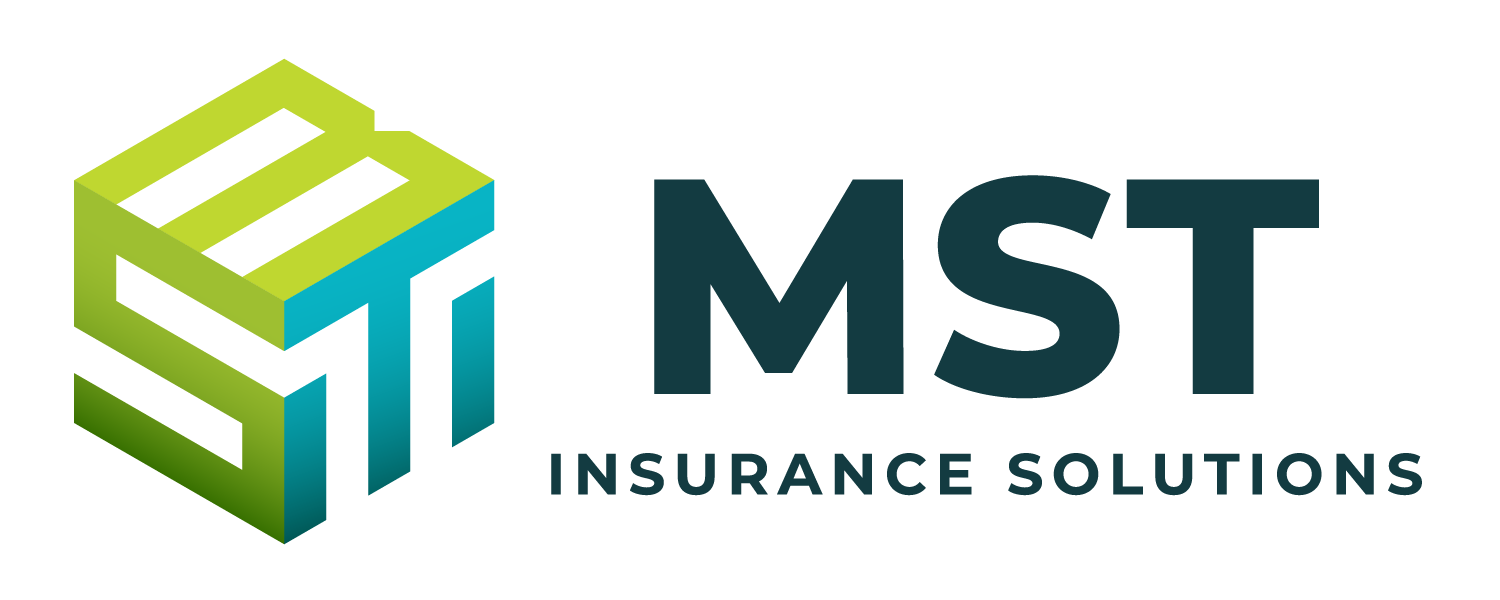An active shooter incident entails an individual or group of individuals entering a populated area to kill or attempt to kill their victims, generally through the use of firearms. These incidents—sometimes called mass shootings—have become increasingly common in the United States. According to the FBI, the number of active shooter incidents jumped by 96.8% between 2017 (31 incidents) and 2021 (61 incidents). These incidents have also grown in severity, with 3 out of the 5 deadliest mass shootings in U.S. history occurring in the past decade.
Active shooter incidents can carry various consequences. These incidents often result in fatalities, serious injuries and prolonged trauma among those involved. Additionally, such incidents can leave lasting impacts on the locations in which they occur— namely, commercial properties. In particular, organizations that encounter active shooter incidents could face substantial recovery expenses, regulatory penalties and liability concerns.
With this in mind, it’s vital for organizations to better understand active shooter incidents and how to protect against them. This article outlines commonly targeted locations, explains how these incidents impact organizations, highlights prevention and response measures and offers insurance considerations.
Commonly Targeted Locations
Active shooters usually select soft targets and crowded places (ST-CPs) to conduct their attacks. The U.S. Department of Homeland Security defines ST-CPs as areas that are easily accessible to the public and have limited security measures in place. ST-CPs may include permanent structures that are frequently crowded (e.g., shopping malls, transportation hubs, schools, entertainment venues, restaurants and hotels) or temporary attractions that only host crowds at certain times (e.g., sporting events and music festivals). In any case, it’s important to note that active shooter incidents often occur at commercial properties. According to recent data from the FBI, properties within the following industries are common targets for active shooter incidents:
• Commerce/retail (52.4%)
• Government (4.9%)
• Education (3.3%)
• Religious organizations (1.6%)
• Health care (1.6%)
Apart from these properties, the FBI found that 33.1% of active shooter incidents occur within open spaces, while 4.9% take place at private residences. Regardless of location, however, these incidents can have detrimental effects on impacted parties.
Impact on Organizations
Organizations targeted in active shooter incidents could experience a variety of ramifications. Specifically, the recovery expenses resulting from active shooter incidents can be significant. In the aftermath of such incidents, targeted organizations will likely face costs related to medical and funeral bills for victims, workers’ compensation claims, counseling services provided on-site, necessary property repairs or replacements, business interruption or event cancellation concerns and security upgrades.
Further, organizations may also encounter regulatory penalties. In terms of specific penalties, organizations could be cited for violating OSHA’s general duty clause if they lacked proper safety measures to protect their employees from mass shootings, as active shooters are considered a “recognized hazard.”
In addition, it’s become more common for organizations to encounter potential lawsuits in response to active shooter incidents within their spaces. For example, casino company MGM Resorts International and its insurers were ordered to pay an $800 million settlement to more than 4,400 victims and their families following the 2017 mass shooting that killed 58 individuals and injured more than 850 at the company’s Las Vegas resort, Mandalay Bay. The settlement was a collective response to dozens of lawsuits stemming from the incident.
When it comes to determining an organization’s liability for injuries and other damages related to an active shooter incident that occurs on its premises, the following factors should be considered:
• Reasonable foreseeability—An organization is generally only liable for third-party injuries and damages resulting from a mass shooting if the acts of the shooter were “reasonably foreseeable.” Thus, organizations have historically not been held liable in court cases for protecting third parties (e.g., customers, contractors and visitors) from these incidents, largely due to uch cases classifying mass shootings as “extremely unlikely events.” Yet, as these incidents rise in frequency and severity, organizations facing related litigation may be subject to further scrutiny from courts regarding reasonable foreseeability.
• Effectiveness of security—The security measures (or lack thereof) an organization has in place upon being targeted in an active shooter incident may also get reviewed to determine its liability for third-party injuries and damages. Generally speaking, organizations without proper security measures or emergency action plans (EAPs) are at greater risk of liability from these incidents.
• Possibility of negligence—An organization may be held liable for third-party injuries and damages stemming from an active shooter incident if it could have taken steps to avoid or minimize the incident and failed to do so, thus constituting negligence. Primarily, organizations have a “duty to warn,” meaning they must inform the necessary parties and take preventive measures if they identify potential hazards on-site—including individuals who pose threats to others’ safety. For instance, an organization could be deemed liable in court for a mass shooting if the perpetrator was an employee who had repeatedly displayed violent or threatening behaviors on-site without an appropriate response from their employer.
Prevention and Response Measures
Considering the consequences organizations could face from active shooter incidents, it’s crucial for them to implement effective prevention and response measures. Key measures for organizations to consider include:
• Implement proper security protocols. Conduct a threat assessment to determine possible security vulnerabilities on-site and implement protocols to remedy these concerns (e.g., setting up video surveillance, installing alarm systems and hiring dedicated security personnel).
• Monitor applicable parties. Be sure to closely assess employees, customers and other parties that frequent the property for potentially dangerous or violent behaviors on-site. Take any complaints or reports related to these behaviors seriously. Address such behaviors as quickly and safely as possible to prevent escalation.
• Train employees. Educate employees on how to respond to workplace violence with routine training. This training should highlight ways employees can protect themselves and others from harm amid active shooter incidents.
• Establish an EAP. OSHA requires employers to have documented EAPs that outline specific actions amid different workplace emergencies. The goal of any EAP is to mitigate possible losses when dangerous situations occur. Mass shootings should be explicitly addressed in an EAP. This portion should be practiced regularly through active shooter drills and updated as needed.
• Consult law enforcement and legal counsel. Make sure to reach out to law enforcement for additional guidance on preventing and responding to active shooter incidents. Furthermore, work with legal counsel to discuss any applicable regulatory requirements regarding mass shooting preparedness.
Insurance Considerations
In conjunction with the previously mentioned risk management measures, organizations should be sure to safeguard against potential losses stemming from active shooter incidents by securing sufficient insurance. Namely, active shooter coverage—also called deadly weapons or active assailant insurance—can be purchased as a supplement to standard policies (e.g., commercial property or general liability coverage). This type of insurance is designed to fill possible coverage gaps by assisting with various costs and services related to active shooter incidents, including victim compensation and support, incident response resources, property repairs or replacements, business interruptions, loss of attraction and legal liability or litigation expenses. Active shooter insurance offerings, exclusions and premium costs vary between insurers and depend on policyholder exposures. As such, organizations should consult trusted insurance professionals to discuss their particular coverage needs.
Conclusion
As active shooter incidents continue to rise in frequency and severity, organizations need to be prepared. By learning about these incidents, implementing effective prevention and response measures, and purchasing proper coverage, organizations can help minimize losses stemming from mass shootings. For more risk management guidance and insurance solutions, contact us today.
For a copy of this notice click here: Risk Insights – Risk Management Considerations for Active Shooter Incidents

